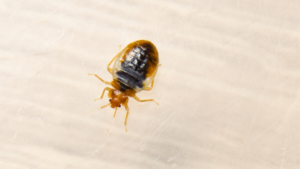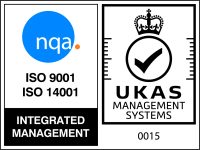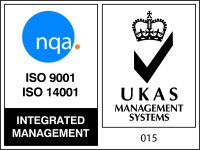How to Clean Floors
Bearing the brunt of heavy footfall day after day, the floor of a facility can quickly begin to show signs of wear and tear. In addition to offering up a negative first impression to visitors, poorly tended floors can prove to be an expensive problem to rectify. Proper floor cleaning not only enhances the aesthetics of a space, but protects what is often considered to be one of a building’s most expensive features.
First Impressions and Bottom Lines: Why Clean Floors Matter
A dirty floor is unmissable and a care routine is essential in not only maintaining a positive impression, but in ensuring overall hygiene. But maintaining floors properly, as ISSA, the Worldwide Cleaning Industry Association observes, can be costly. While it may be tempting to skimp on regular cleaning with a view to cutting costs, Cleaning Maintenance & Management reminds cleaning professionals that, “The truth is it’s less expensive to maintain a finish than to repair or replace a floor.”
Going one step further, FacilityManagement.com advises, “The fundamentals of floor care include understanding the importance of cleaning your floors for safety, appearance and cleanliness and following a routine maintenance programme that helps protect your floor investment and bottom line.”
Common Problems in Floor Care
When it comes to floor care, the most widely acknowledged issues faced by professional cleaners are the failure to implement strict routine and preventative care strategies and a lack of training to enable them to match the right products and techniques to their floor type. To this end, Cleaning Maintenance & Management points out that prevention can do much to protect flooring surfaces and advises that cleaners place matting at strategic points – for example, at the entrance to a facility – to catch any inbound dirt or soil.
Moving on, the outlet points out that the removal of dirt and debris by the technique most suitable for the specific floor type is an integral part of floor maintenance. Once all dirt and debris is removed, a cleaner can then consider how best to protect a floor’s finish. Outside of this routine regimen, it may also be necessary to undertake various restoration and maintenance programmes. However, the finer points of these depend upon the surface itself, which is why it is so very important for cleaners to have a thorough understanding of the floor type they are tending to before undertaking any routine.
How to Clean a Floor
If the type of floor is not known, a cleaner should first seek to verify the surface from a site’s facility’s team. CleanLink offers a comprehensive overview of floor surfaces here. It is worth knowing that some of the most common floor types – mainly, those composed of resilient or vinyl composite, terrazzo, wood, marble and granite – have their own unique physical properties. Likewise, they should be maintained by methods suitable for these surfaces.
The first step is to remove physical dirt from a floor’s surface, which can be done by vacuuming, dust mopping, damp mopping or auto scrubbing. The latter option can be expensive, but, as Health Facilities Management explains, auto scrubbing is a good option for larger facilities. It is worth knowing that damp mopping – as recommended for a resilient-type floor – should be undertaken cautiously with a newly-laid surface of this type; as CleanLink explains, cleaners should wait up to five days before mopping a resilient floor.
Marble, granite, terrazzo and wood surfaces should be dry mopped, as needed. For a more intensive clean, marble and terrazzo can be cleaned with a pH neutral cleanser, as both the latter outlet and Cleanfax explain. For wood flooring, it is advisable to avoid any water-based substances. After cleaning is completed, resilient, wood and marble can all benefit from the onward protection offered by a product-specific finish. Above all, cleaners should adhere to a manufacturer’s floor care instructions.
Additional processes like buffing and burnishing – as explained by Cleaning Maintenance & Management – can offer remedial repair for minor damage while some surfaces may benefit from a complete strip and finish. Granite flooring, however, can prove too costly to strip and the best option here, suggests CleanLink, is simply to remove it rather than to attempt to restore it.
Unique in their looks, unique in their physical properties, every floor type requires its own individual care regimen. With the right knowledge, a professional cleaner can help to keep these surfaces looking their best day after day and year after year.








